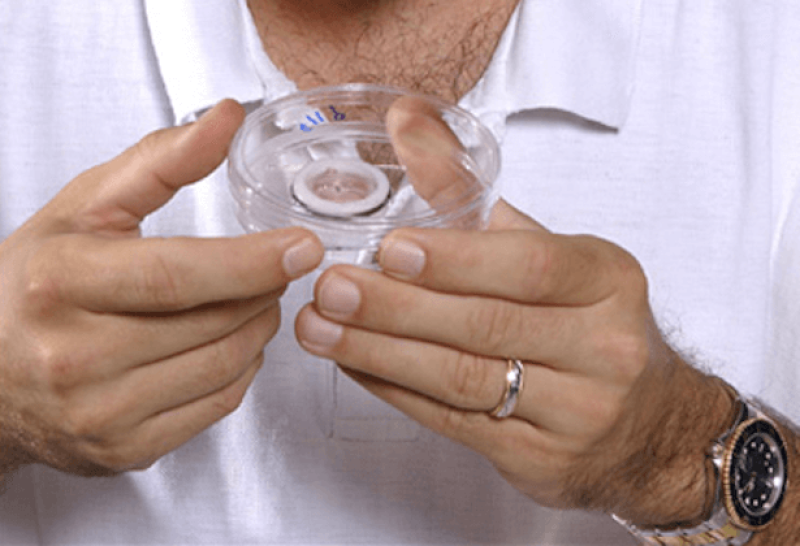Small cultures of human neuronal cells developing in a dish are not quite “brains in a petri dish” as they are sometimes described. But these cerebral organoids give scientists unprecedented options for studying and understanding the early embryonic stages of human brain development. Two recent papers published in Nature show just how powerful these neuroscience research tools are. The first paper characterizes these neural developments more fully, while the second uses organoids as a tool to show how a neurodevelopmental disorder known as Timothy Syndrome develops.
The first paper focused on fully understanding brain organoids, which start out as a cluster of neural stem cells.
Overall, the paper showed that the cells in mature brain organoids have the same structural traits as mature neurons, including dense dendritic spines.
In the second paper on brain organoids, the authors describe how they treated their cultured brain cells with growth factors that stimulated the development of organoids that resembled the forebrain.
This type of study, the authors suggest, could also allow for the examination of various other neurological diseases that couldn’t previously be modeled in a cell culture dish.
The GLP aggregated and excerpted this blog/article to reflect the diversity of news, opinion, and analysis. Read full, original post: “Brains in a dish” move out of science fiction and into the lab































